Process Engineering Basics – The Energy Balance
Energy balances are a fundamental component of all chemical and material manufacturing processes. The balance simply stated is that energy in must equal energy out. This energy normally includes the energy needed to drive the process forward, such as heating, cooling, and pumping, and may include the energy contained within the chemical feed and products of the process itself, especially for fuel products. A good chemical process design will minimize energy inputs and energy losses while providing an optimum trade-off with economic constraints on capital investment costs, operating costs, and process reliability.
Energy derived from the combustion of fuels to provide heat or electricity for a process results in creation of carbon dioxide (CO2), and its release into the atmosphere. CO2 is an important greenhouse gas that contributes to global climate change. Therefore chemical processes need to be designed so that CO2 emissions are as low as possible. When renewable chemical feed or fuels are used, the CO2 emissions from their combustion is considered by many governments and regulatory bodies to be “renewable” emissions because the CO2 emitted was captured by renewable starting materials such as plant matter (e.g. “biomass”) from the atmosphere itself. If left to die and decompose, plant life will eventually be converted by biological processes into products such as CO2 and methane, another potent greenhouse gas. Some plant carbon is sequestered into the soil.
Energy use within a system is constrained to follow the Laws of Thermodynamics which govern the relationship between the various forms of energy such as heat, mechanical, pressure, electrical, chemical, and others. The first law defines conservation of energy – energy cannot be created or destroyed. The second law states that the entropy, a type of molecular disorder and loss of useful energy, in a closed system will invariably increase. The extent of chemical reactions is also governed by thermodynamics for closed systems which are constrained by stoichiometry (i.e. the type and number of chemical elements present in the system) and by chemical reaction equilibrium. Reaction equilibrium may be a constraint that limits the amount of product that a process can make, an important thing to know since it will affect the economic potential.
ChemTero can help you understand your process’ energy balance and its benefits of lower greenhouse gas and other potentially harmful emissions as part of the sustainable technology value proposition. Life cycle analysis (“LCA”) of various degrees of detail can be performed to help quantify potential benefits of new process technology and/or products.







